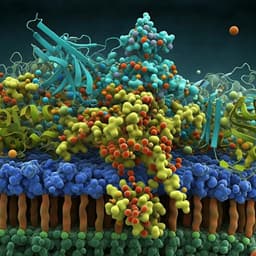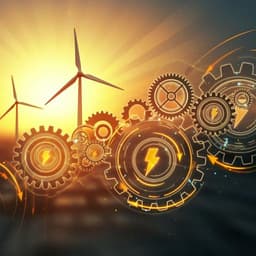
Environmental Studies and Forestry
Sustainability of emerging energy and transportation technologies is impacted by the coexistence of minerals in nature
A. Elshkaki
Explore how wind power and electric vehicles can improve air quality while uncovering the unseen environmental costs associated with rare metals extraction. This research conducted by Ayman Elshkaki delves into sustainability, carbon emissions, and the importance of material efficiency in clean energy technologies.
~3 min • Beginner • English
Related Publications
Explore these studies to deepen your understanding of the subject.







